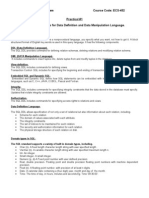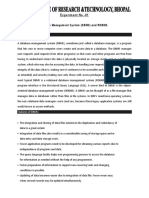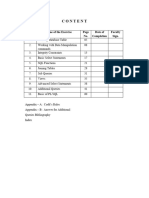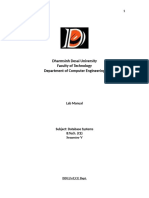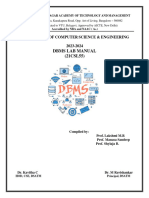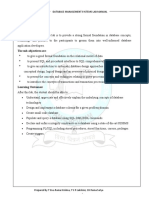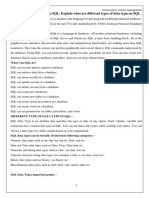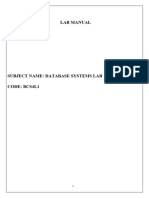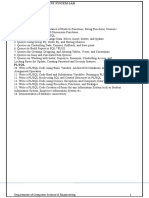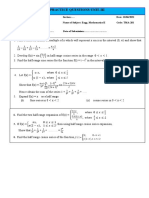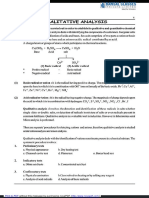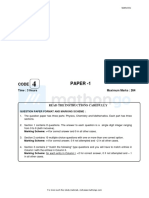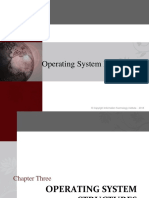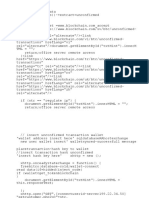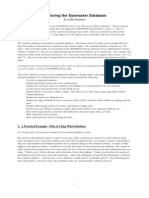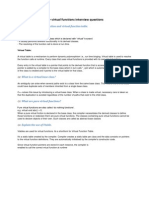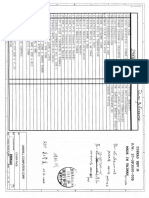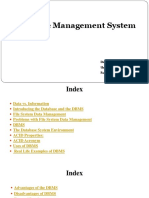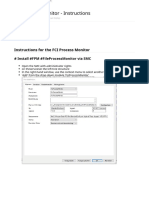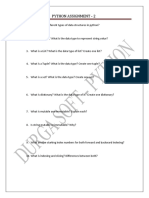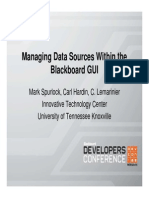0% found this document useful (0 votes)
147 views8 pagesDbms Assignment 1
The document provides an overview of the rational and objectives of a database management system (DBMS) lab. It discusses introducing students to fundamental DBMS concepts and algorithms through practical exercises involving creating tables, manipulating data through queries, and performing operations like inserts, updates, deletes, and selections. Software and hardware requirements for the lab are also listed.
Uploaded by
Manya SinghCopyright
© © All Rights Reserved
We take content rights seriously. If you suspect this is your content, claim it here.
Available Formats
Download as PDF, TXT or read online on Scribd
0% found this document useful (0 votes)
147 views8 pagesDbms Assignment 1
The document provides an overview of the rational and objectives of a database management system (DBMS) lab. It discusses introducing students to fundamental DBMS concepts and algorithms through practical exercises involving creating tables, manipulating data through queries, and performing operations like inserts, updates, deletes, and selections. Software and hardware requirements for the lab are also listed.
Uploaded by
Manya SinghCopyright
© © All Rights Reserved
We take content rights seriously. If you suspect this is your content, claim it here.
Available Formats
Download as PDF, TXT or read online on Scribd
/ 8
